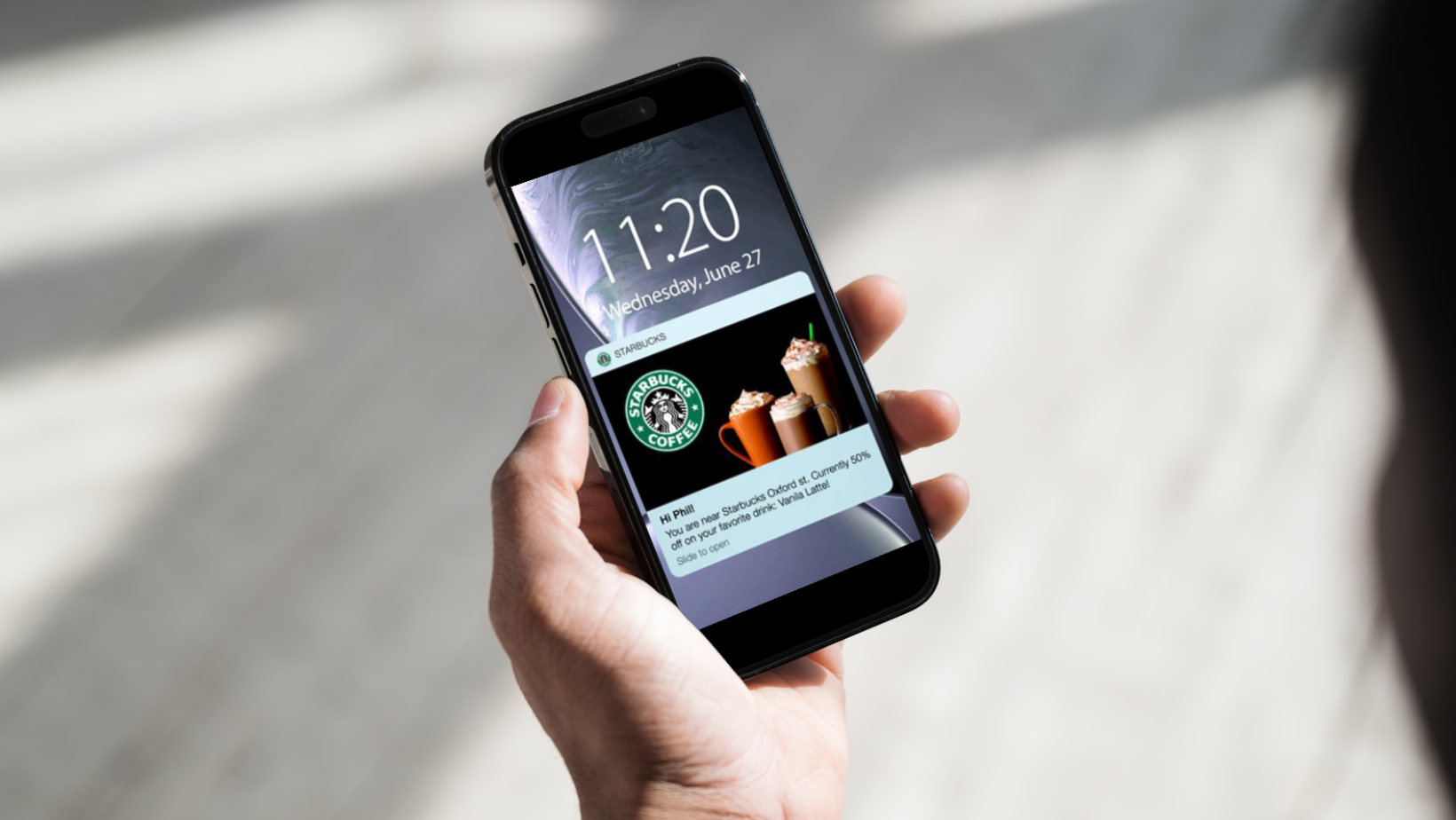Recession Proof Your Menu With Barbell Pricing. Here’s How.
With the threat of recession looming, restaurants should already be thinking about ways to prepare themselves. One strategy that has been gaining popularity amongst the restaurant industry is barbell pricing.
What Is Barbell Pricing?
So, imagine a restaurant that has a menu with a mix of really fancy, expensive dishes and some cheaper, more affordable options. But there aren't too many choices in the middle. It's kind of like a barbell shape, with the pricier items on one end and the lower-priced ones on the other end, and a small section in the middle.
Now, you might be thinking, "Why would a restaurant do that? Why not offer more options in the middle?" Well, the idea behind this strategy is to cater to two types of customers - those who are willing to spend more on a special occasion and those who want to save money when they eat out. By having a mix of high-end and budget-friendly items, the restaurant can appeal to both types of customers.
And the small section in the middle? That's intentional too. By offering fewer choices, the restaurant is actually making it easier for customers to make a decision. It's all about avoiding overwhelming customers with too many options and making their dining experience as simple and enjoyable as possible.
Why Does it Matter?
Barbell pricing can help make your business recession-proof. Creating a menu with a mix of budget-friendly and high-end items should attract a wider range of customers and increase sales and revenue.
If you do it right by keeping an eye on prices and adjusting them regularly, barbell pricing can help your restaurant stay afloat during tough economic times. But, it's not just about throwing any old items on the menu. You need to carefully design your menu and analyze your pricing to make sure everything is balanced and appropriately priced.
How Do I Implement Barbell Pricing?
- Analyze Your Menu: First off, take a good look at your menu and figure out which items are high-end and which are more budget-friendly. This will help you decide how to price each item and what kind of strategy to use.
- Offer Value Menu Items: To attract customers who are watching their wallets, offer a value menu with affordable items. These items should still make a profit for your restaurant, but be priced low enough to appeal to people who are looking for a deal. You can include smaller portions of popular dishes or simpler items that are cheaper to make.
- Create Premium Menu Items: To attract higher-end customers, create some premium menu items with high-quality ingredients and unique flavor combinations. These items should be priced higher than your average menu item, but still within a reasonable range for customers who want to splurge on something special. Premium items can help your restaurant stand out from the competition and make customers feel like they're getting a truly exclusive experience.
- Emphasize Seasonal and Limited-Time Offerings: Use seasonal and limited-time menu items to add some excitement to your menu is to offer seasonal or limited-time items. This creates a sense of urgency and can encourage customers to try something new before it's gone. You can even price these items a little higher to reflect their uniqueness and special ingredients.
- Bundle Items Together: Bundling items together is another way to create value for your customers. For example, you could offer a meal deal that includes an entrée, a side, and a drink for a set price. This can encourage customers to order more items and increase your revenue per customer.
- Monitor and Adjust Prices: Make sure you're regularly monitoring your prices and adjusting them as needed. Look at sales data and listen to customer feedback to make informed decisions about pricing changes that will keep your customers happy and your business profitable.


.png)